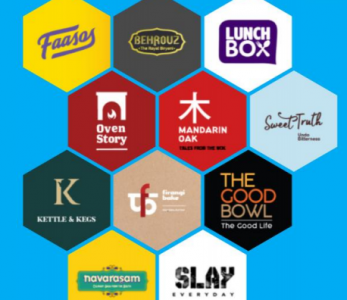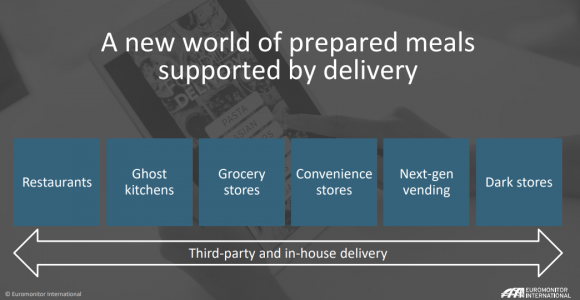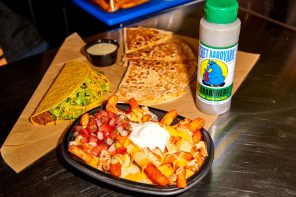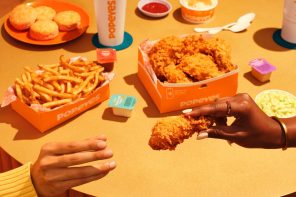In the 20th century packaged food and drinks were a few minutes’ drive away, now, freshly prepared food and drink is just a click away. Euromonitor International has recently released a new study looking into how consumer tastes and demands have shifted foodservice into a new era.

Five Key Themes:
- Supply and prep draw closer to the end consumer
- The meal as a new value driver
- From shopping to meal fulfilment
- “Meal integrators” drive branding
- Sustainability and obesity discussion to shift
Driving Delivery

Rebel Foods
A new world of prepared meals is now supported by new delivery adaptations, both from third-party delivery partners and in-house delivery. This is shifting the focus from brick-and-mortar stores to more digitally friendly concepts that have less of an environmental footprint.
For example, India’s Rebel Foods has built a delivery-only empire. The Indian wraps chain with 75 brick-and-mortar outlets reimagined into a virtual restaurant chain with 11 separate online-only brands — no physical restaurants.
The chain now operates more than 350 ghost kitchens across 40+ cities in four countries and 2020 revenues of USD75 million. Central kitchens are used for multiple brands and menus and purchasing is built around cross-pollination. The company is now partnering with third-party brands, including Wendy’s and others.

The New Model Food and Drink Producer
Vertical integration, real-time innovation and mastery of a much more fragmented channel environment will drive growth over the next 10 years.
Coca-Cola’s digital strategy, for example, spans vending machines, retailers and smartphones and includes:
- New service linked with “Coke On” smartphone app
- Subscribers can have one beverage a day from one of 340,000 machines across Japan for USD25/month
- Potential to link with a range of access points, including Coke Freestyle machines and Costa Express vending machines
Challenges to Overcome:
The expansion of prepared meals is disruptive to every food and drink manufacturer. Omnipresent delivery requires new formats and business models. More digital platforms and more aggregation mean consumers are easier to reach, yet long-term engagement is more difficult and as prepared meals expand, healthier options and greater transparency are needed.






